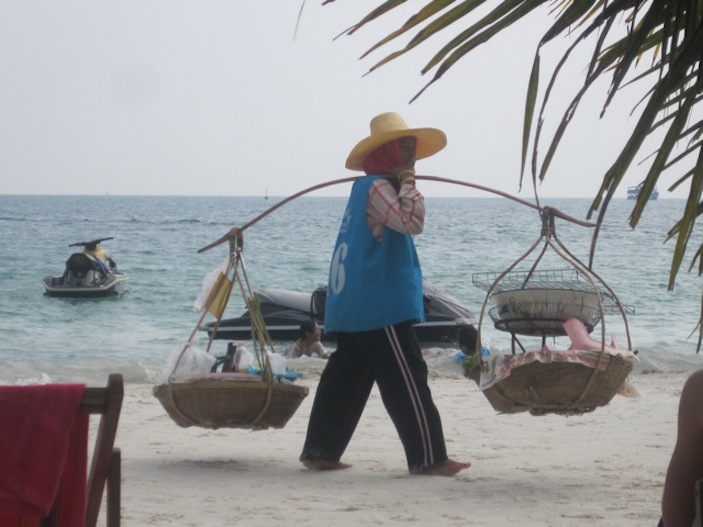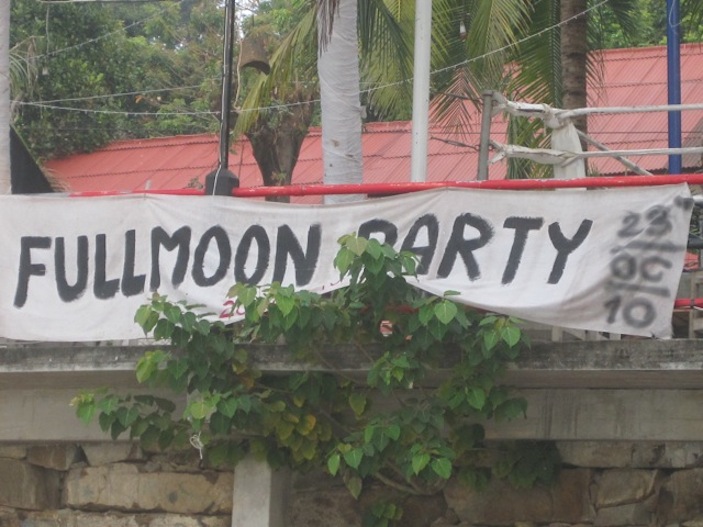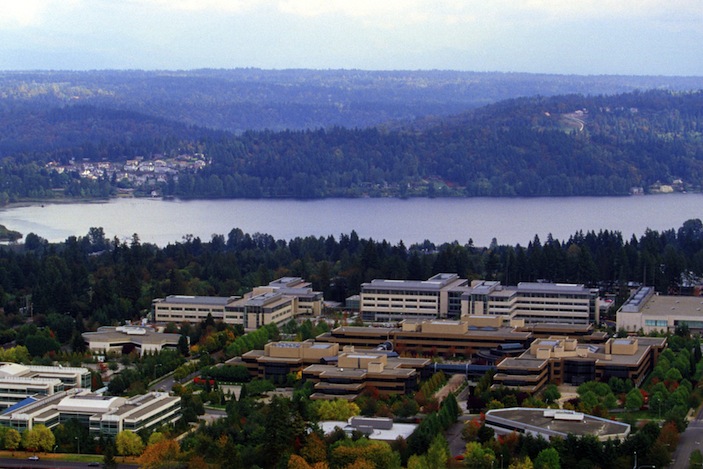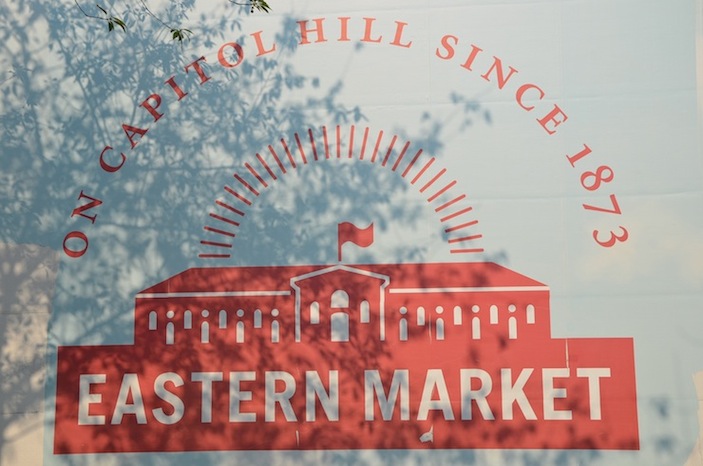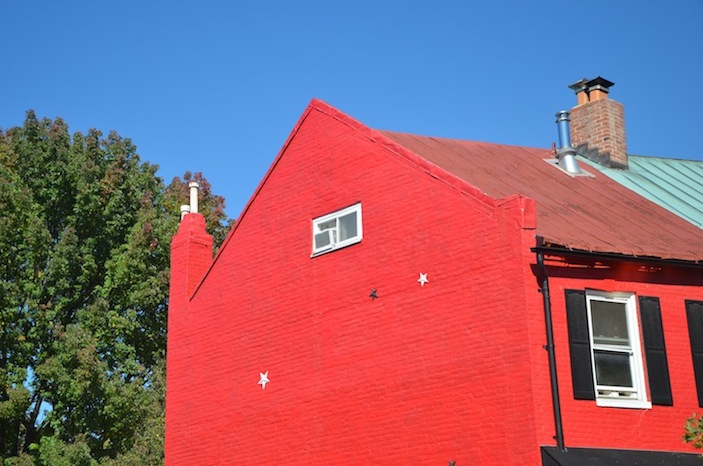IDbarcelona: More Than a Club
They certainly make Barcelona natives proud for their exploits on the pitch: FC Barcelona has long cemented its reputation as one of the greatest football clubs in the history of the sport. Today, they are widely regarded as the best team in the world. But part of what makes this club so iconic, and its rivalry with Real Madrid the most publicized in the world, is that unlike other iconic sports clubs, the ramifications of this clubs results stretch far beyond the pitch.
If you take a look back through Spain’s political history, you’ll see that nearly every idea that shaped the country’s identity—at various times republicanism, federalism, anarchism, syndicalism and communism—were introduced via Catalonia, of which Barcelona is the capital.
In the middle of the 20th century, thanks to the dictatorships of Miguel Primo de Rivera and Francisco Franco, regional pride within the Spanish borders was restrained. This hit hard in Catalonia, which has always found pride in its linguistic dialect and its own identity, so strong that there have always been and are still today frequent calls for its secession from Spain. Because FC Barcelona at the time represented progressive beliefs, and took on the wider role of representing Catalonia as a whole, the club gained the motto més que un club (“more than a club”) during this time—a motto that continues to thrive today.
.jpg)






